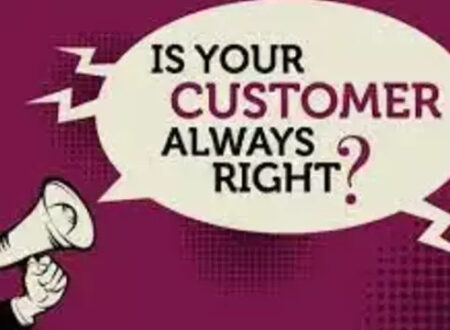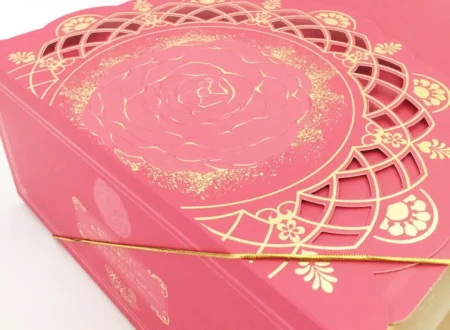The packaging industry may sound like something out of daily life, but that is not the case.
Per day a regular person handles around 20 kinds of packaging, it’s a huge part of the advertisement strategy of most of the companies and influences the purchase behavior through Color, Surface treatment, material, structure, design, and so on. It is not easy to define good packaging. Before starting to try it, let’s define one of the most common types of packaging, and if you are wondering it: yes, there are different kinds.







Retail Packaging: In the simplest words retail packaging is personalized. It informs, shares, engage, protect, engage, catch and more. As you may guess retail packaging is designed for retail stores, where the product will be an exhibit on a shelf and taken by the client, but of course, the mission of the retail packaging goes way beyond the shelves.
Then, what is the mission of the retail packaging?

Identify: create a clear recognition of the brand and the product. An impression that must be long-lasting and includes the factor of easy differentiation.
Practicability: Offer to the client easy-open, clear instructions of use, reusability, easy storage, easy to take off the shelf, and to the exhibition, easy to replenish, save and clear.
Outstanding: Shelves are full of many, many! Products, that’s why one of the essential missions of the packaging is to catch the attention between all the products the best way to outstanding is to be different.
Interaction: Must consider the interaction between the product, the brand, and the client, the packaging will be the first part of the product that the consumer will experience, proof of it: 37% of the consumer will purchase a new product just for an eye-catching package.
Inform: It must be clear, giving the client enough information to help in the decision of the purchase process. A clear package is a huge advantage.
Protect: The packaging must be planned to be handle and exposed on the shelf, make sure that the package is protective enough to ensure that the client will get the product in the best possible conditions.
In summary, remember: The packaging can make the difference.
After it, this is our, let’s say in construction, the definition of packaging:
Design, projection, evaluation, and promotion of a secure wrapping or bottling which involves, from the selection of the material, shape, color, typography, information, and texture, to the construction of the brand, the relationship between brand, product, and customer, and the product perception; and that influences the purchasing process.
Sounds complicated? It is, but we have a solution to make the process easier for you, as easy as a click: Contact us.



